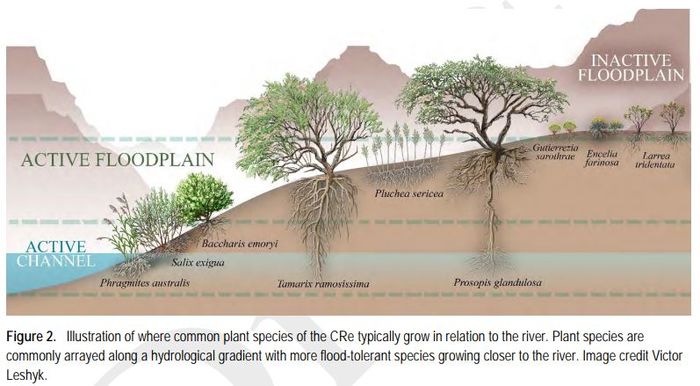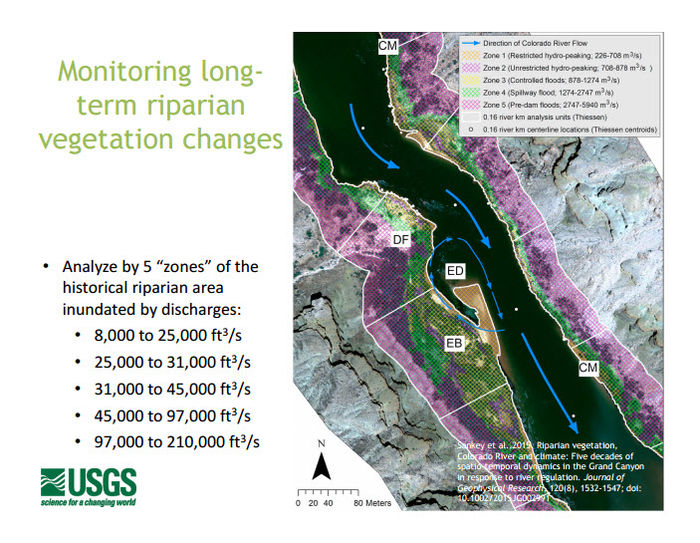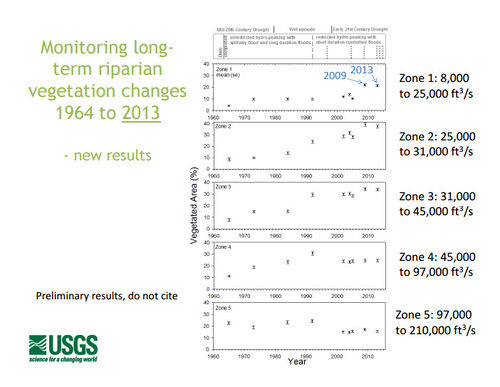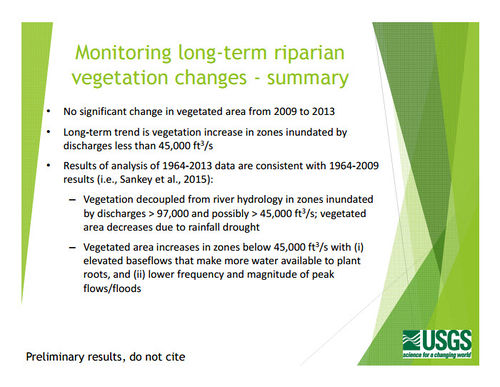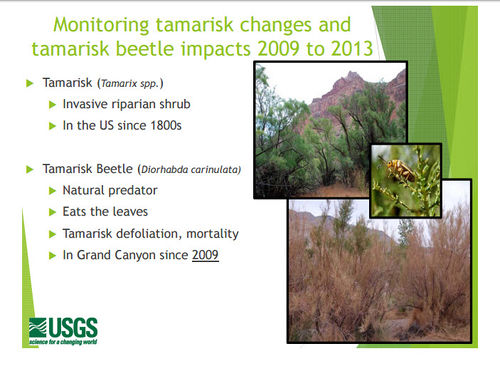Difference between revisions of "Riparian Vegetation"
Cellsworth (Talk | contribs) |
Cellsworth (Talk | contribs) |
||
| Line 100: | Line 100: | ||
'''2024''' | '''2024''' | ||
| + | *[https://www.usbr.gov/uc/progact/amp/amwg/2024-02-29-amwg-meeting/20240229-ProjectC-GettingColoradoRiverRiparianPlantCommunities-508-UCRO.pdf Project C: Getting to know Colorado River riparian plant communities ] | ||
*[https://www.usbr.gov/uc/progact/amp/twg/2024-01-25-twg-meeting/20240125-AnnualReportingMeeting-GettingToKnowColoradoRiverRiparianPlantCommunities-508-UCRO.pdf Getting to know Colorado River riparian plant communities] | *[https://www.usbr.gov/uc/progact/amp/twg/2024-01-25-twg-meeting/20240125-AnnualReportingMeeting-GettingToKnowColoradoRiverRiparianPlantCommunities-508-UCRO.pdf Getting to know Colorado River riparian plant communities] | ||
*[[Media:Dean_Topping_2024_VegFeedbacks_ARM_Poster_revised_loRes.pdf| The Effects of Vegetative Feedbacks on Flood Shape, Sediment Transport, and Geomorphic Change in Dryland Rivers]] | *[[Media:Dean_Topping_2024_VegFeedbacks_ARM_Poster_revised_loRes.pdf| The Effects of Vegetative Feedbacks on Flood Shape, Sediment Transport, and Geomorphic Change in Dryland Rivers]] | ||
Revision as of 11:10, 23 August 2024
|
|
LTEMP Resource Goal for Riparian VegetationMaintain native vegetation and wildlife habitat, in various stages of maturity, such that they are diverse, healthy, productive, self-sustaining, and ecologically appropriate. Desired Future Condition for Native Species and Biotic CommunitiesNonfish Biotic Communities: CRE Riparian Domain: |
| --- |
--- |
--- |
|---|
